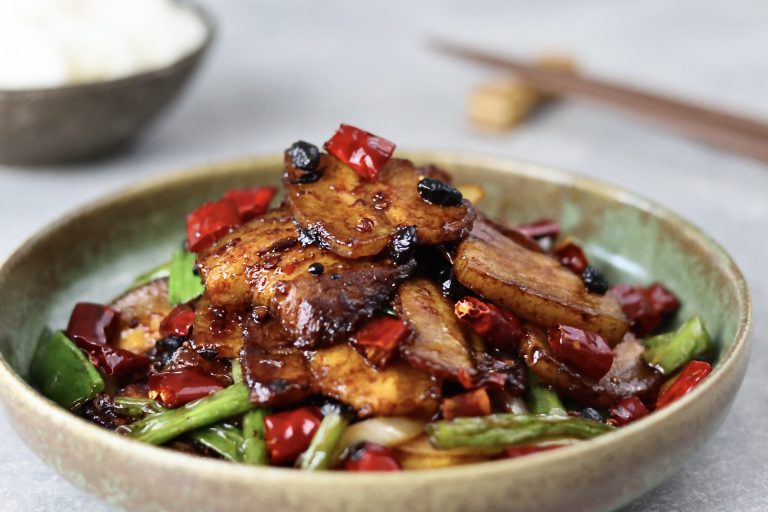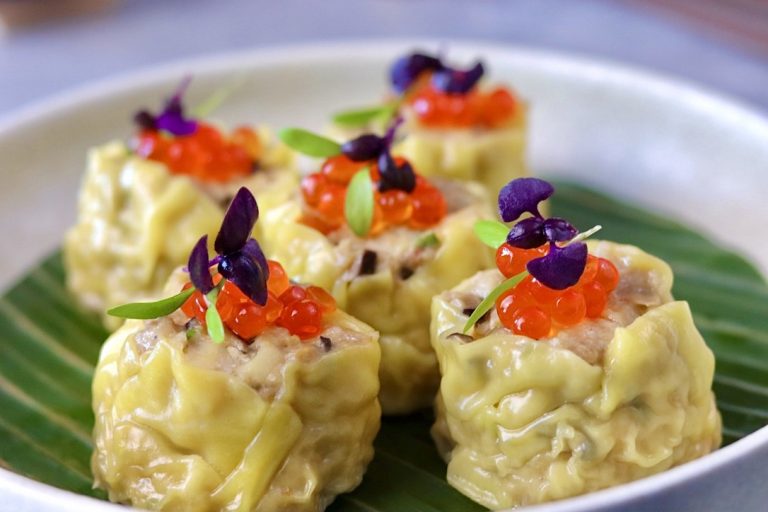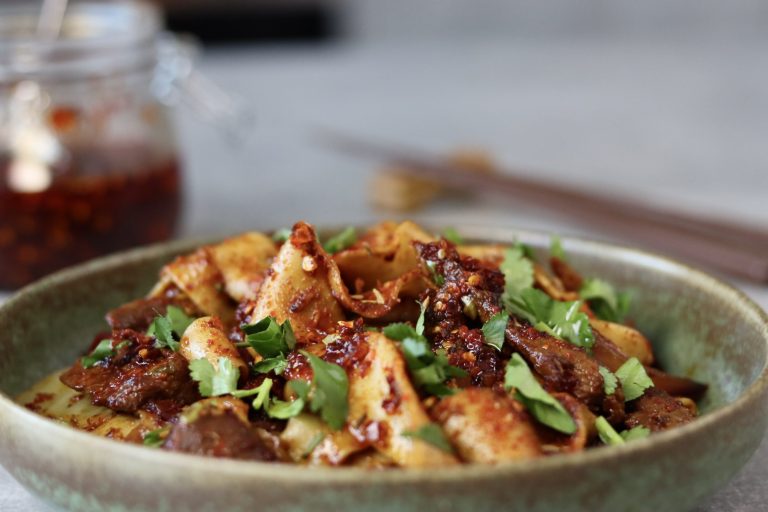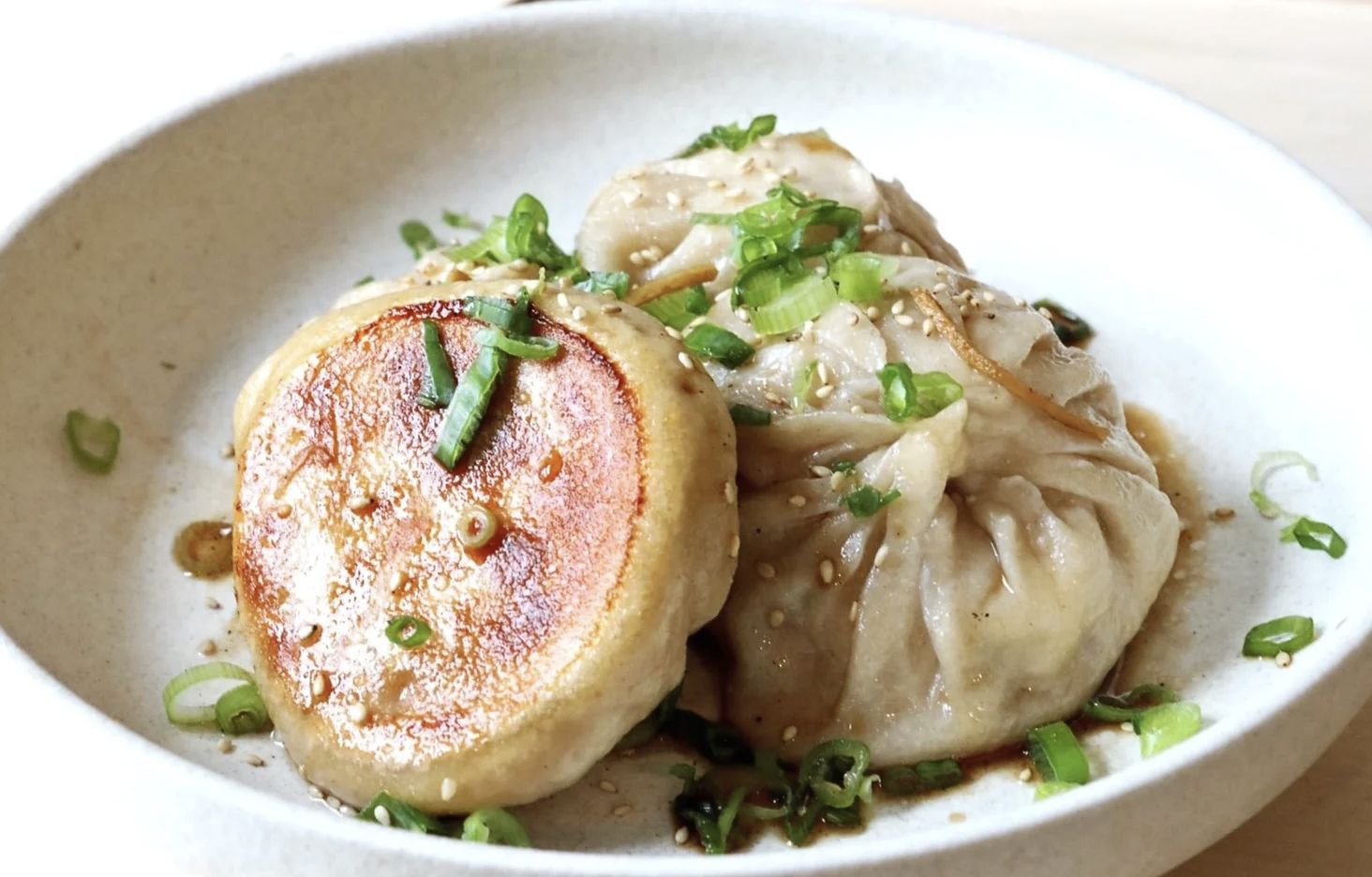
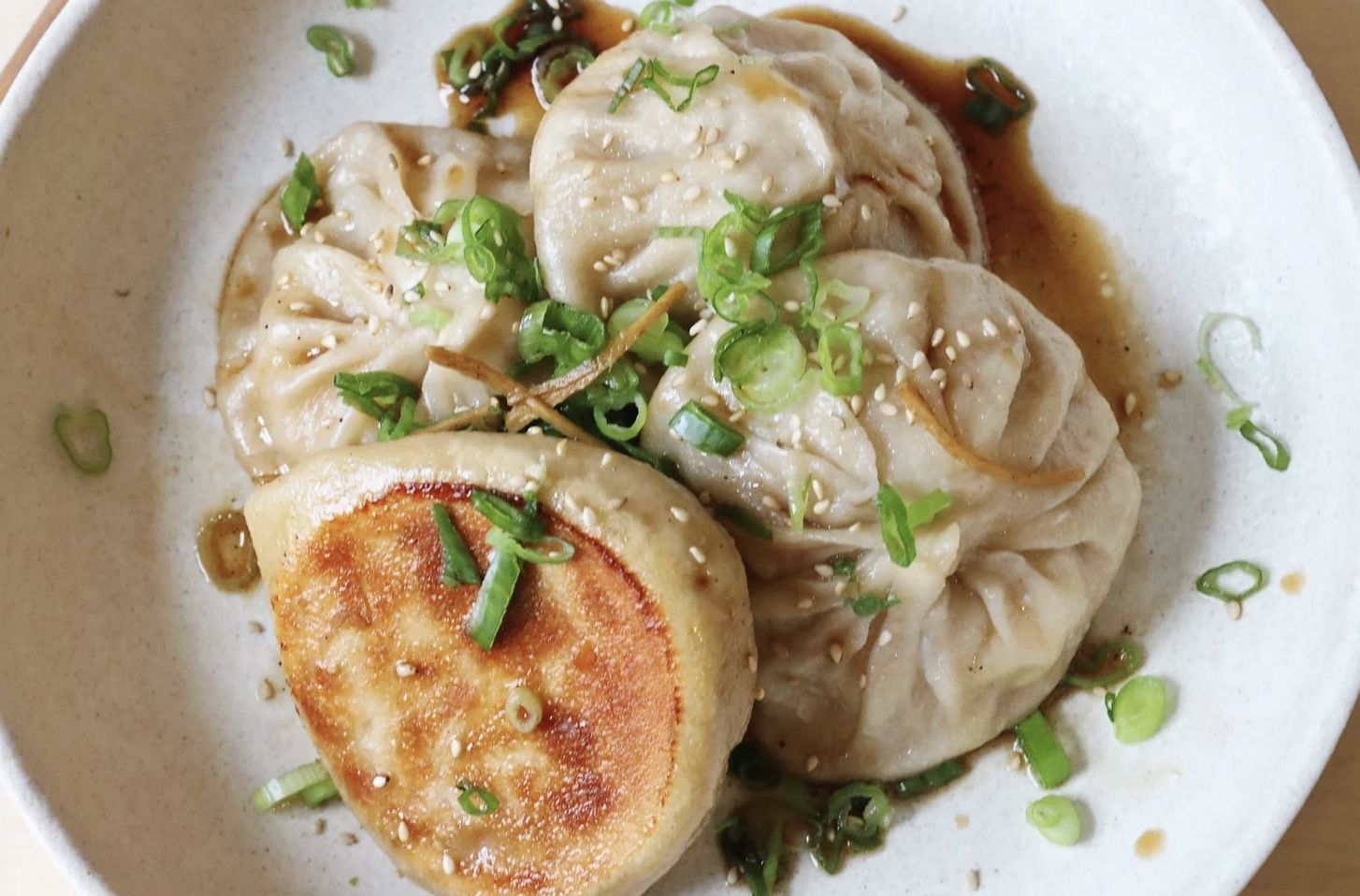
Intro:
Method:
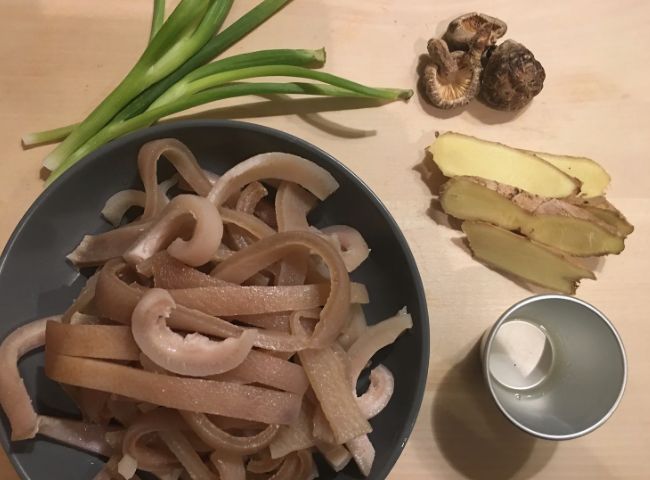
1. Let’s start off this recipe with the broth that will make these dumplings soup dumplings. Ideally this is best done the night before as we need to allow the broth to transform into a jelly. Start by adding 500g of pork skin to a large saucepan and fill with enough water to cover the pork skin. Place onto a high heat and bring up to a boil. When boiling cook for 20-25 minutes to release all of the impurities from the skin. When ready drain through a colander and wash the skin with cold running water. Next we want to slice the skin into thin strips.
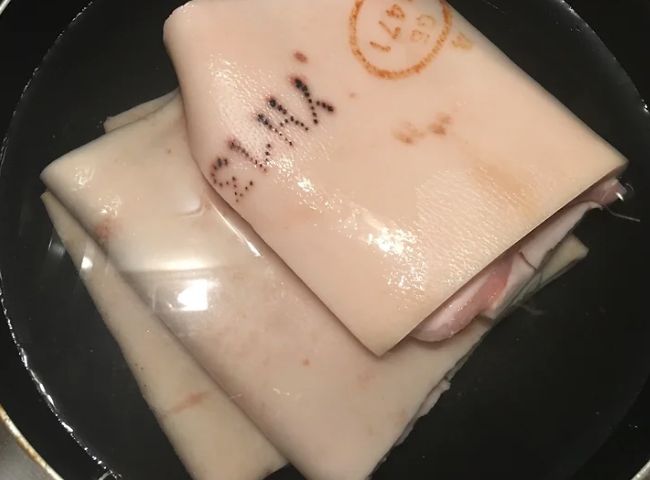
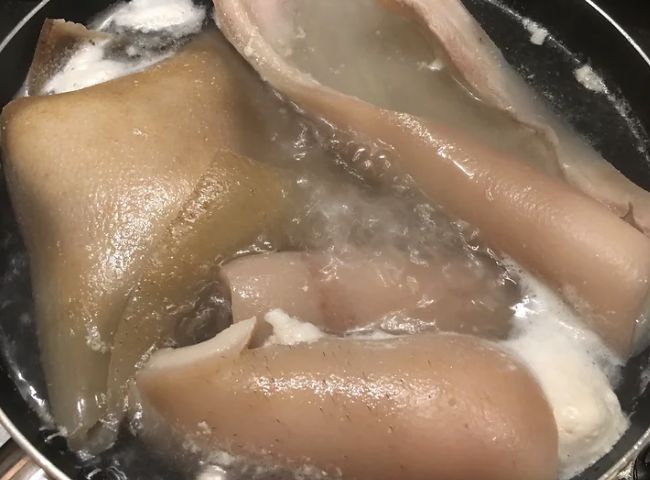
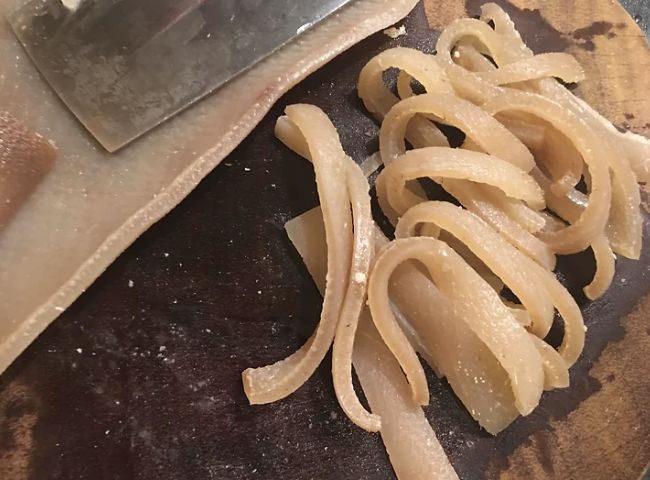
2. Now that the pork skin is sliced and blanched add to a large pot, then add 1250ml of fresh water, 4 spring onions, 30g of sliced ginger, 5 peeled garlic cloves, 4 dry shitake mushrooms and 2 tbsp of cooking wine. Place onto a high heat and bring up to a boil, when boiling turn the heat down to a medium simmer and place a lid over the top. Cook out the broth for 2 hours keeping the lid on.
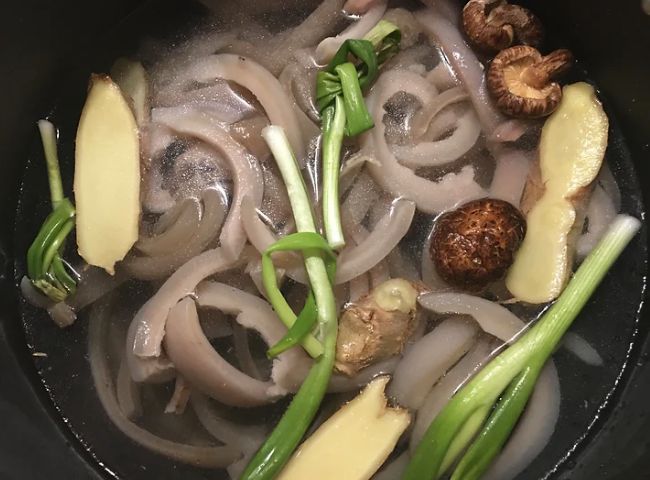
After 1 hour of cooking
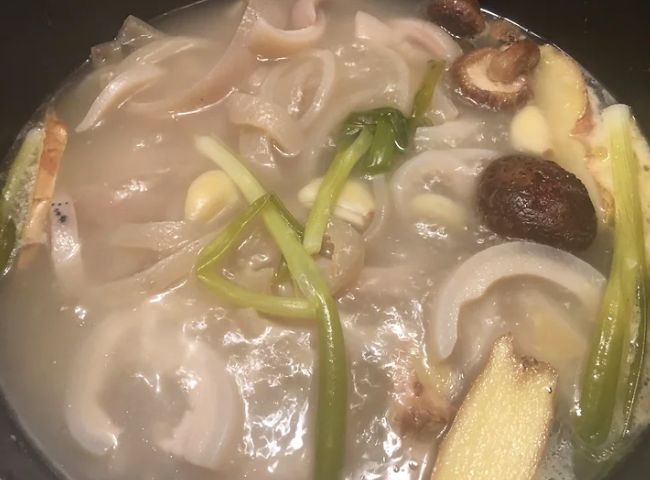
3. After 2 hours the broth should have become super milky and velvety due to the fat emulsifying into the broth. Pass the broth through a fine sieve into a container then allow to chill to room temperature. When cool cover with clingfilm and store in the refrigerator overnight or until the broth sets to a jelly.
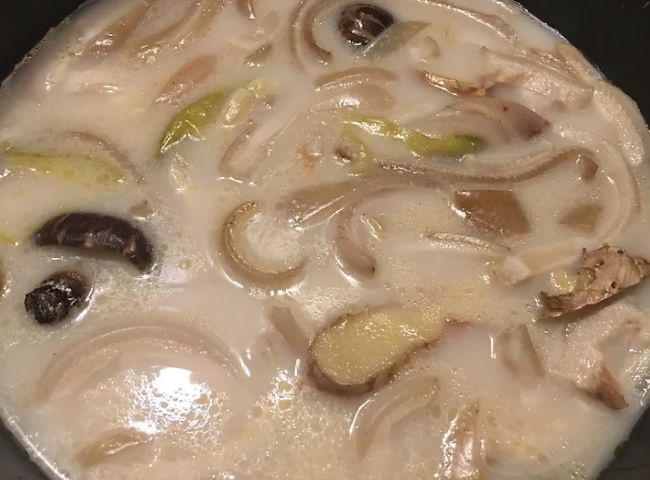
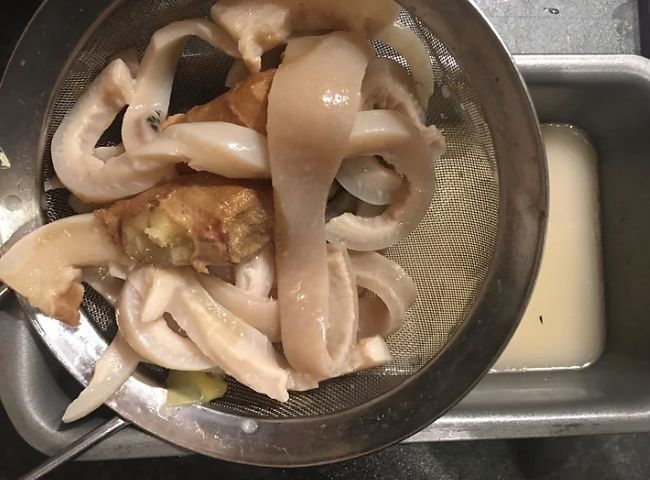
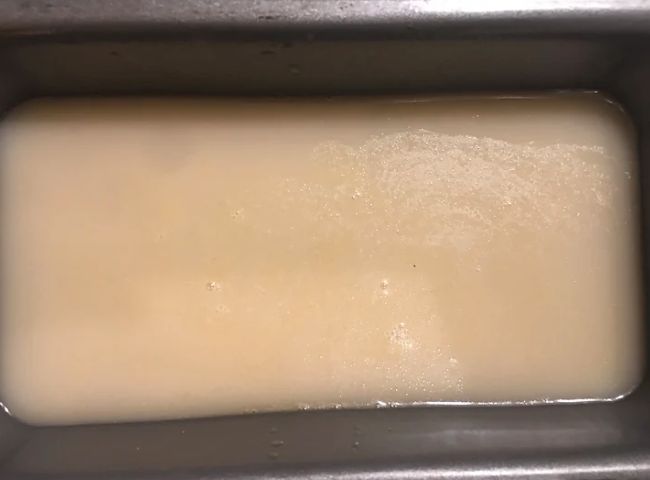
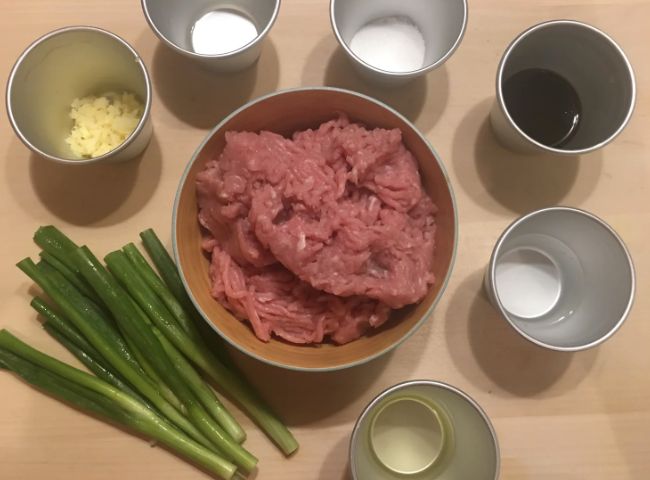
4. By this point the broth should have set and we can now move onto making up the rest of the filling and dough. Starting off with the filling, in a mixing bowl add 500g of pork mince, 10g of minced ginger, 4 tbsp of light soy, 3 tbsp of sesame oil, 3 tbsp of cold water, 2 tbsp of cooking wine, 1 tbsp of white sugar and season lightly with salt and white pepper. Mix the filling vigorously for 5 minutes until the pork mince become slightly wet and velvety. We are looking for the mince not to be too dry and not too wet with a seasoned neutral flavour as we want the pork mince to carry the flavour of the broth. When ready place to one side and we can now incorporate the jellied broth.
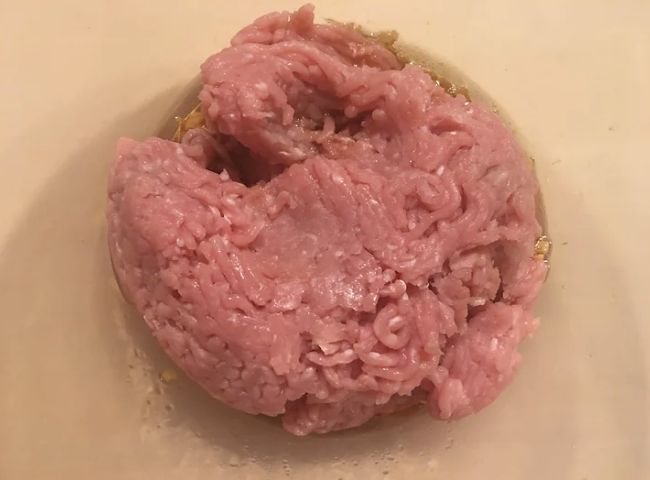
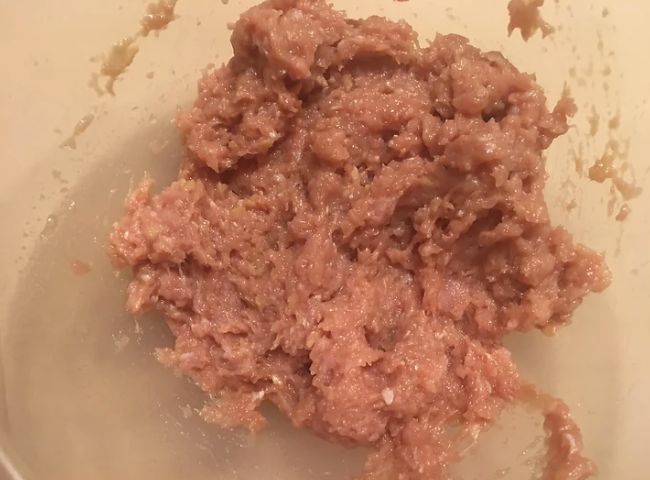
5. Remove the jelly broth from the container and begin to slice into strips then the strips into a dice. Run a knife through the diced jelly until slightly more of a smaller dice. It’s important to work quickly when handling the jelly as it will begin to melt if left at room temperature for too long.
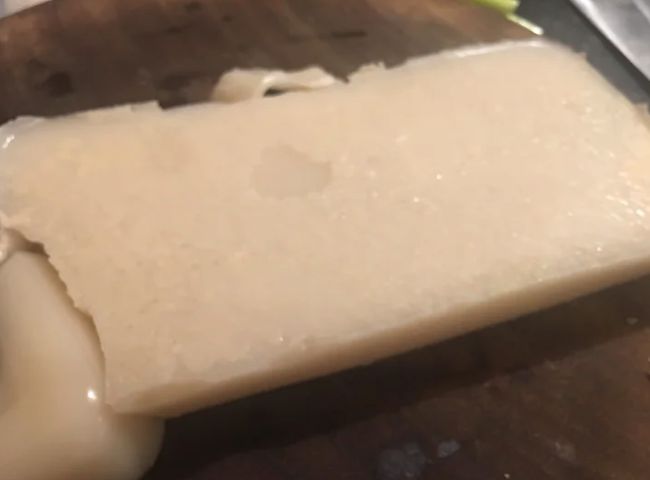
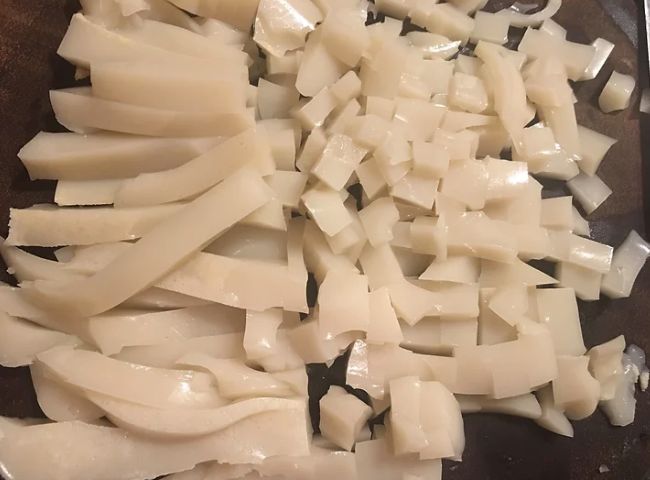
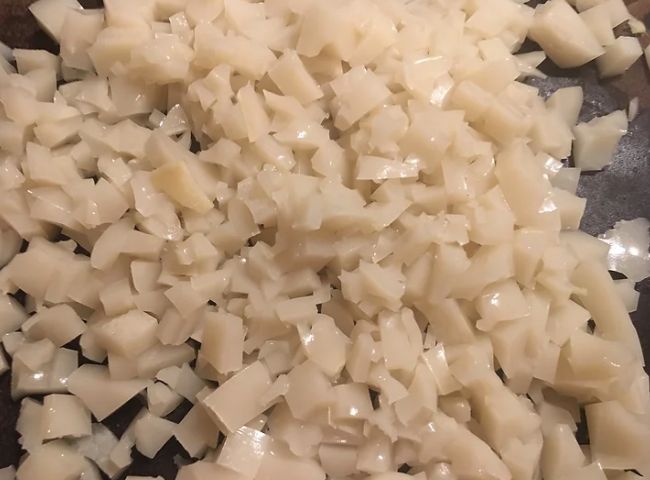
6. When the jellied broth is diced, add to the pork mince along with 5-6 finely sliced spring onions. Mix well until the jelly becomes evenly and well incorporated into the pork mince. Place all of the filling back into the refrigerator to keep cool whilst we now move onto making up bao wrappers.

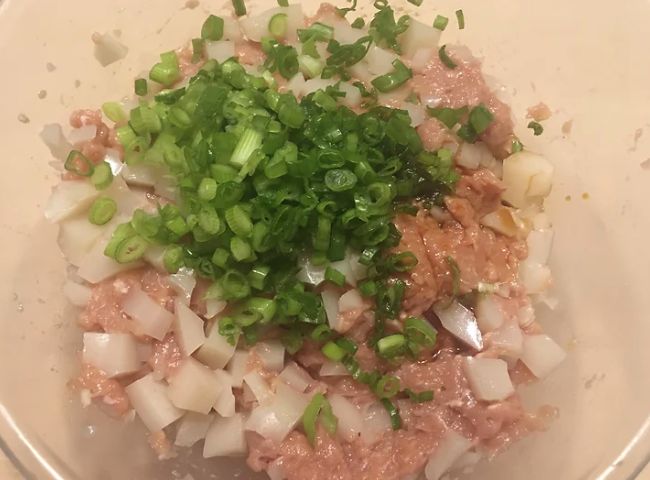
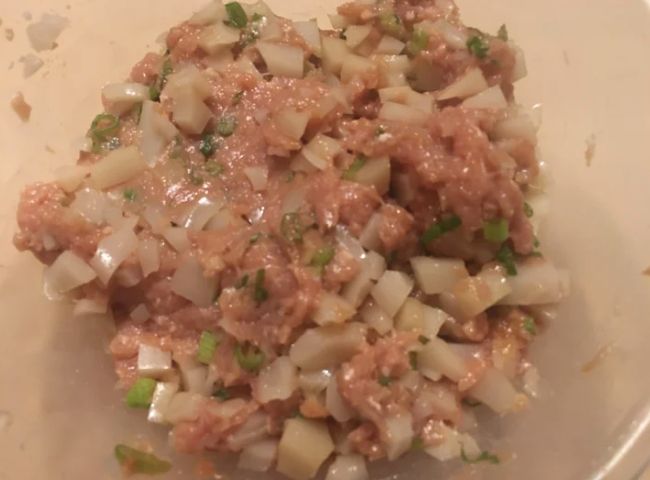
Bao Wrappers:
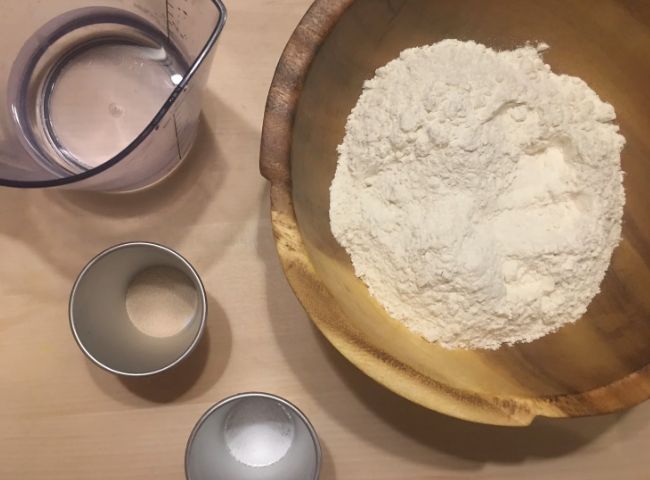
7. Next to make the bao buns, this recipe will yield 24 buns in total. Start by adding 3g of yeast to 220ml of warm water (approx 36°c) then whisk in the yeast and allow the water to activate the yeast for 5-10 minutes. Next in a large mixing bowl add 400g of plain flour and 3g of salt and mix well. When the yeast mixture is ready slowly add to the flour whilst mixing constantly (I like to use chopsticks for this). When all of the water is added the dough should have a crumble like consistency, we now want to go in with our hands and knead the dough together until a rough ball of dough is formed. The dough may take some time to come together but try to resist adding additional water if you can. When the dough is ready cover with clingfilm and allow to rest/prove for 10-15 minutes.

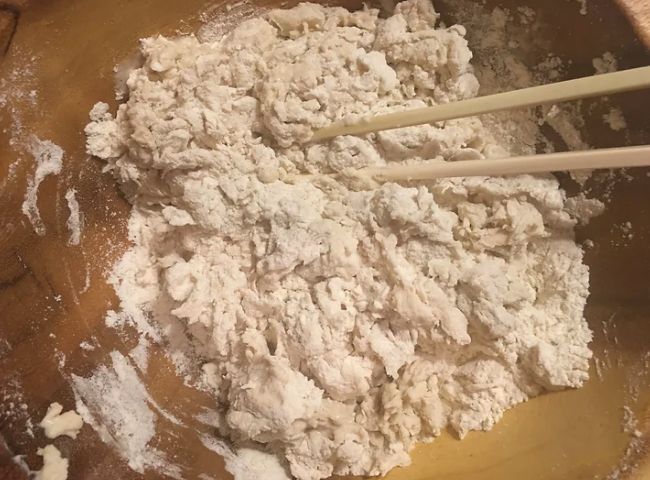
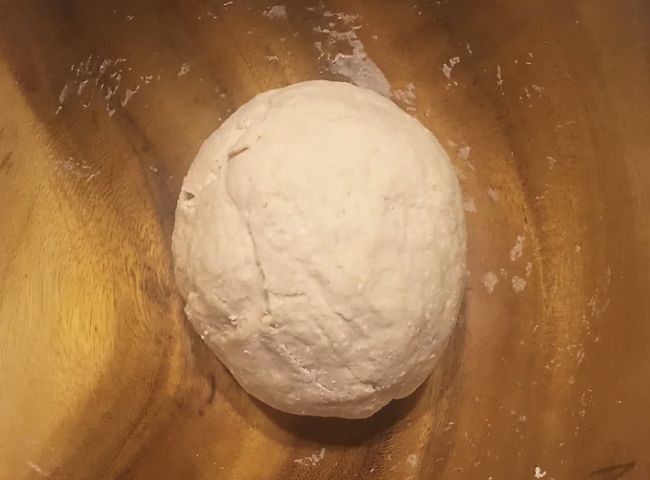
8. After 10-15 minutes the dough should have proved only slightly, we only need to prove the dough slightly as otherwise it will not be able to hold the soup when steamed. Remove the dough and place onto a work surface and kneed the dough again for 10 minutes or until smooth. Now roll the dough back into a ball and use your thumb to press a hole straight through the middle of the dough. Now begin to enlarge the hole in the centre to form a ring shaped piece of dough, continue expanding the dough using both hands until the thickness of the dough is approx 4cm in diameter.
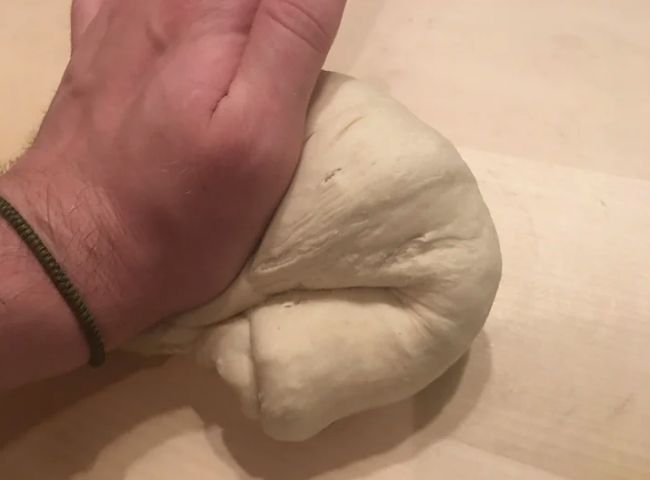
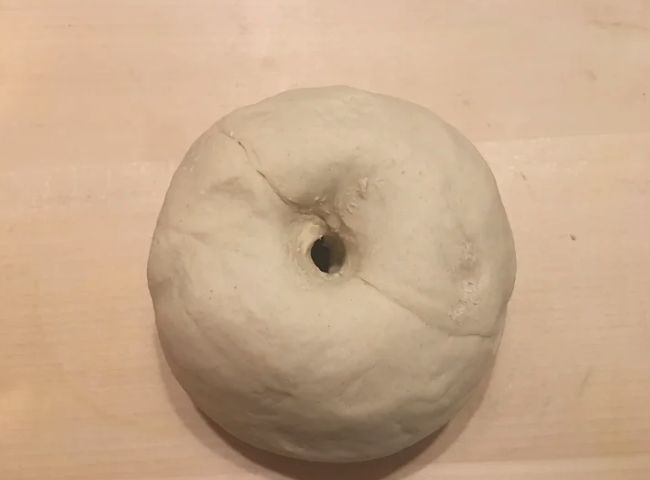
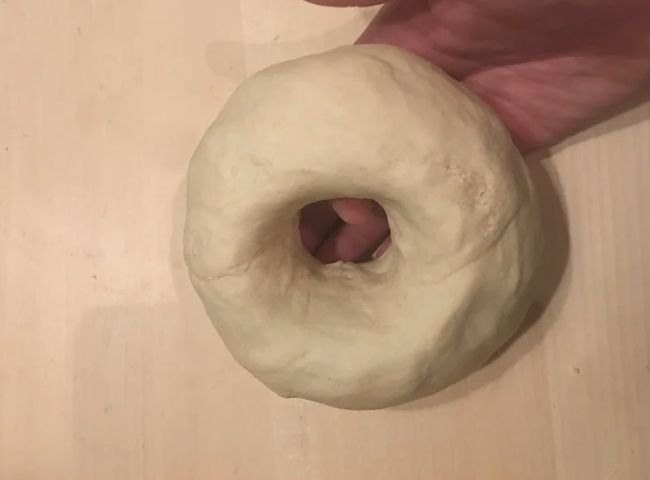
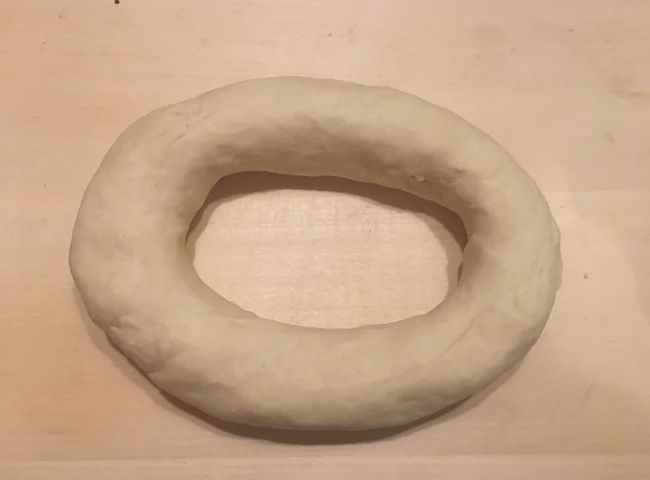
9. The next step is to cut the ring of dough in half to form 2 rolls of dough. Briefly roll out each roll so that they become equal in size. From here lightly dust with flour then cut the dough into 24 equal pieces. Best way to do this is to cut the two pieces simultaneously in half, then each piece into half and then half again then finally each of those halves into 3. Dust again lightly with flour and place each piece to one side and cover with clingfilm.
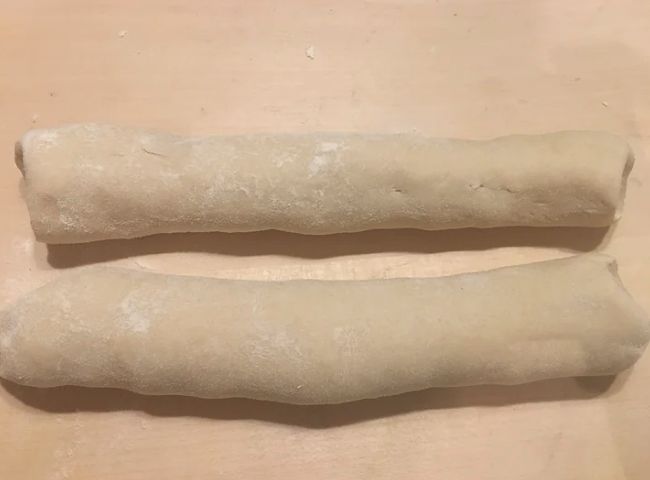
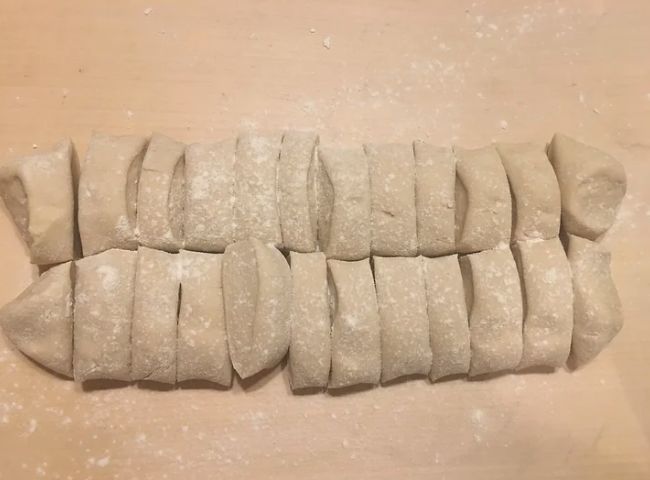
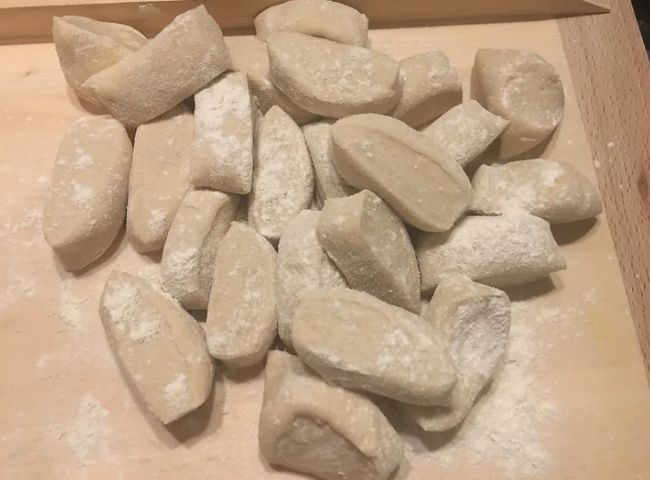
10. Now to make up the bao’s, if making bao’s is quite new to you it may take some time, therefore, try and keep the filling as cool as possible when wrapping, as if it is left at room temperature for too long the soup may melt. Begin by taking out 1 piece of dough then roll into a ball and then flatten with your palm to form a disk. Next using a small rolling pin begin to roll out the corners of the dough from centre to the edge whilst constantly rotating the dough with your off hand. We are looking for the perimeter of the dough to be thin with a slightly thicker mound in the centre of the dough. The size of the wrappers should be approx slightly bigger than your palm.
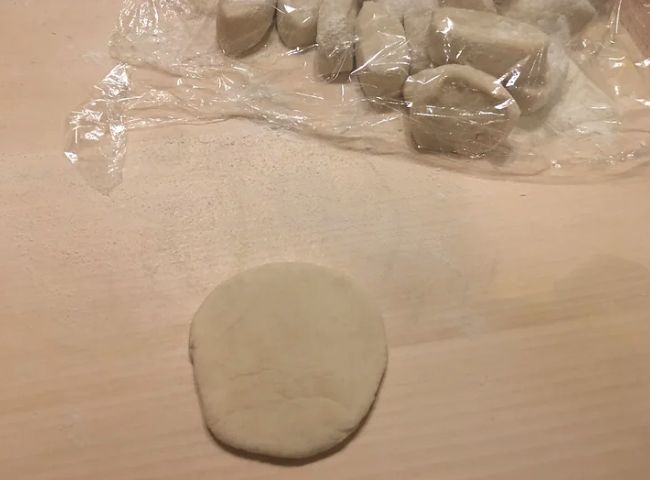

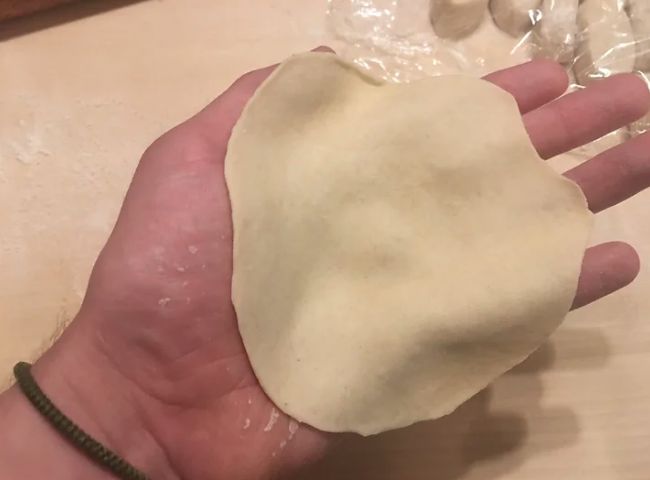
11. Next add 1 tbsp of the filling into the centre of the dough, we want to pack each piece of dough quite tightly to prevent the dough from deflating too much when steamed. To pleat the dough, cup the dough and filling with your off hand then with the other hand use your thumb and index finger to pull 2 corners of the dough and overlap to form a pleat. Repeat this going around the dough using your off hand to rotate and fold the dough until fully pleated all over. Quite difficult to write but I recommend watching a few videos on how to fold bao’s prior to folding. When pleated seal the the top of the dough by pinching together and place the bao onto a tray. Pleating the dough is not necessary and you can simply just incase the filling if you wish then seal. Repeat this method for the remaining pieces of dough and when ready we can now begin to cook.
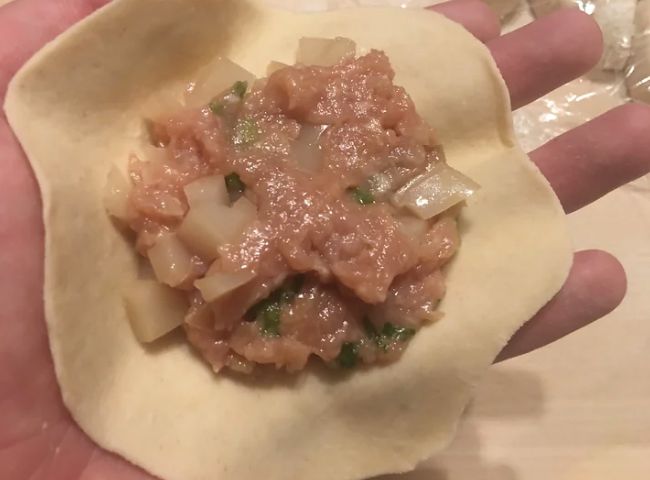
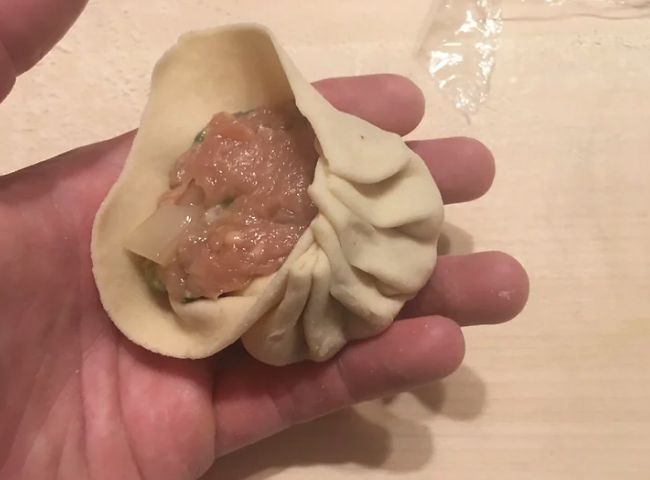
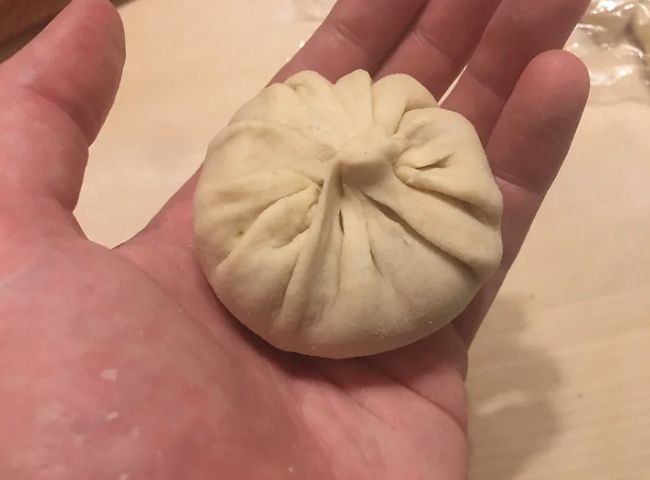
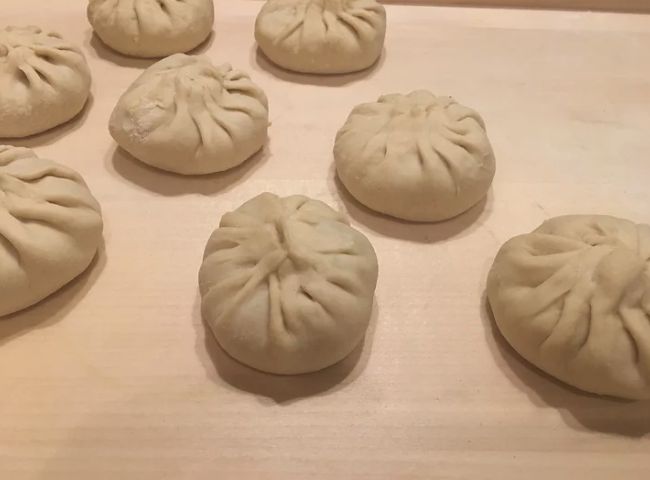
Topping and Dipping Sauce:
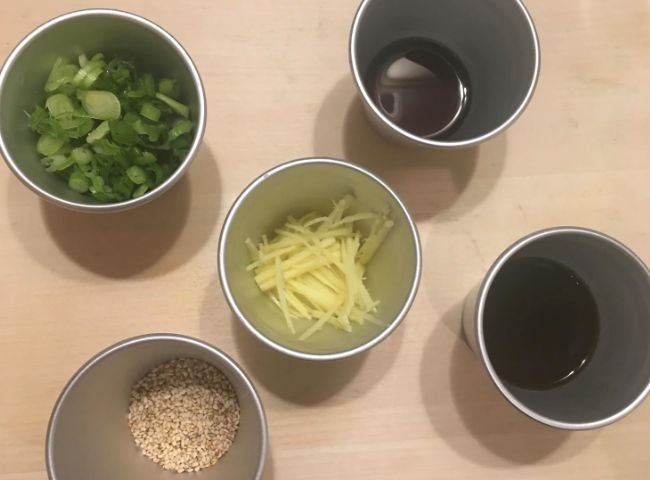
12. Just before we cook the dumplings we want to make up the simplest of dipping sauces that works perfectly for soup dumplings. In a small bowl add 60ml of black rice vinegar and 25ml of light soy. Whisk together then slice 5g of ginger into a fine julienne then add to the dipping sauce. Next finely slice 5 spring onions and place to one side as we will add these to the steamed dumplings at the very end.
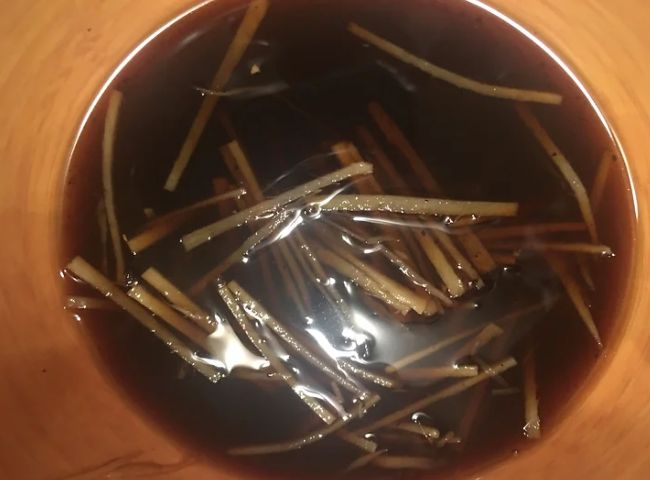
13. Now to finally cook the soup dumplings! This is a mixture of pan frying and steaming, therefore, you will only need a large frying pan and a lid for this. Begin by adding a generous amount of oil to a pan then space out and add the dumplings in batches bottom down. Place onto a high heat and fry the base of the dumplings until golden brown (3-5 mins). When ready add 1/2 cup of water to the pan and place a lid over the top and steam the dumplings for 7-8 minutes on a high heat. When cooked the dumplings should have a nice golden brown crispy base and the filling and the bao should be cooked. Allow the soup dumplings to cool momentarily and we are now ready to serve!
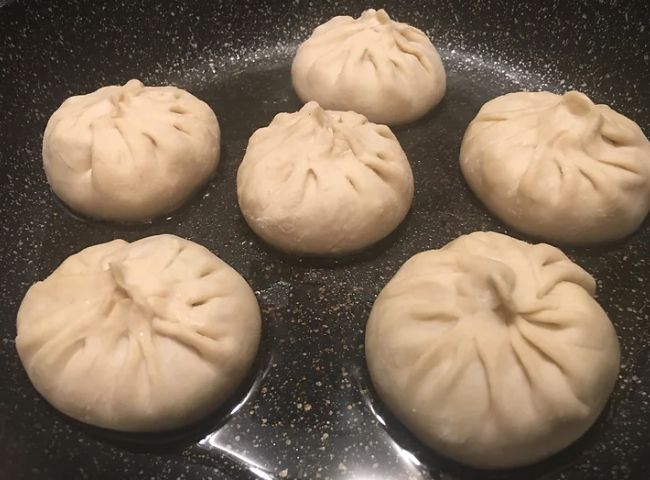
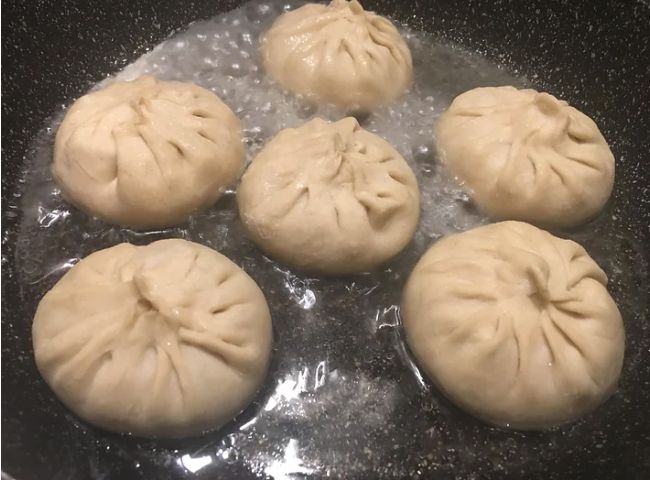
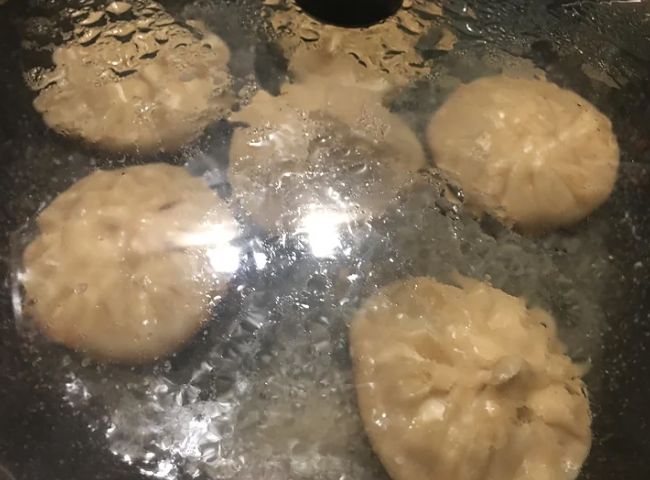
14. To serve carefully place the soup dumplings onto a serving plate or serve in the pan. Top the soup dumplings with some freshly sliced spring onions and some toasted sesame seeds. Traditionally the best way to eat these is to place a dumpling into a small bowl, then add some of the soy vinegar dressing over the top to cool the dumpling. Poke a hole in the dumpling to allow the soup to ooze out and nourish! Im sure once you try these dumplings you will be hooked, lots of effort but most definitely it in the end! Have fun and enjoy!
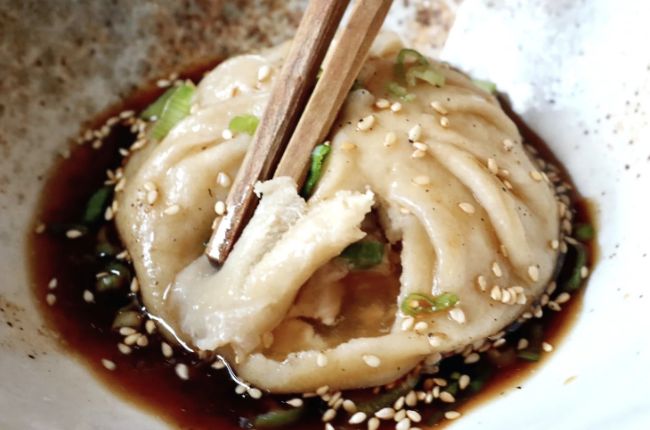
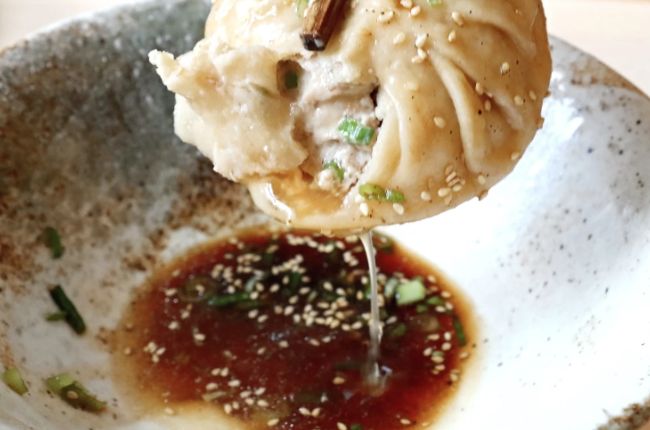
Additional notes
As for cooking the soup dumplings, instead of pan frying and then steaming you could alternatively place each dumpling onto parchment paper and steam it in a bamboo steamer. As for the filling you could also use minced chicken, duck, shrimp or even create a vegan version by setting the jelly with agar instead. If time is an issue just go out and buy the wrappers frozen to make things much easier, however, the bao buns are not that labour-intensive. Have fun, hope you like the recipe and peace!

